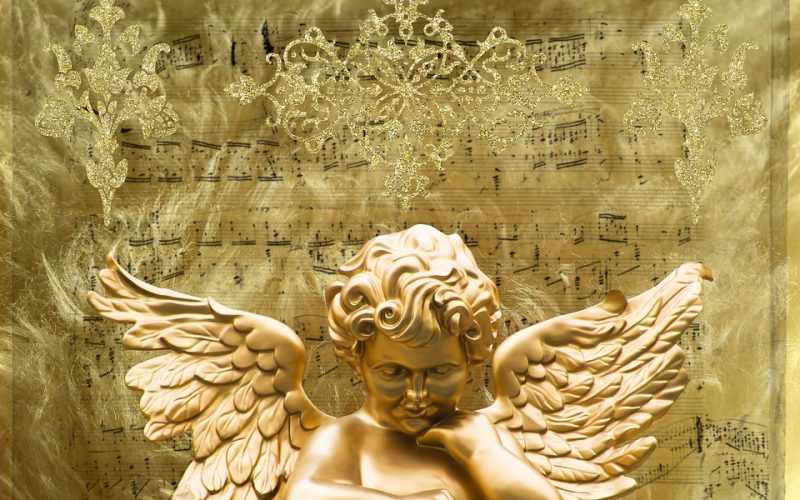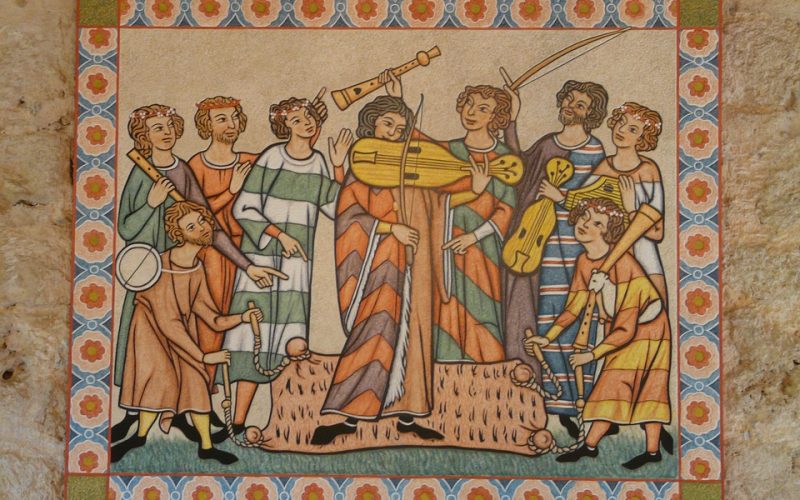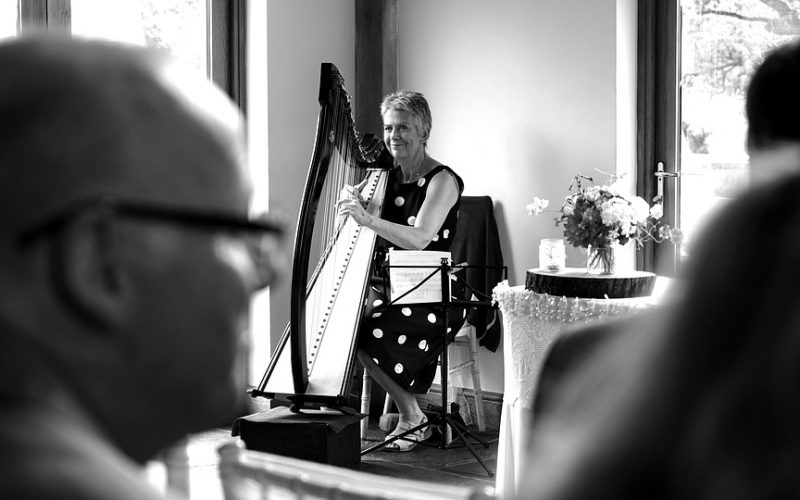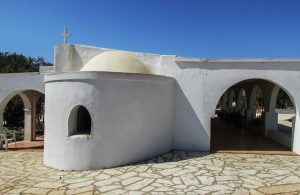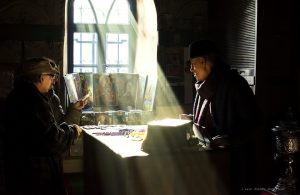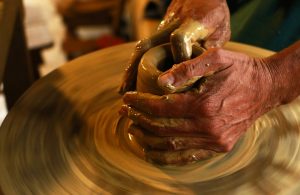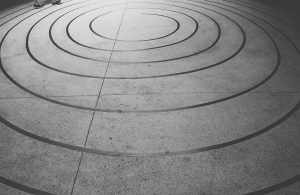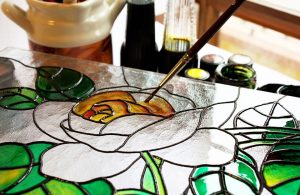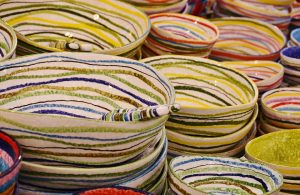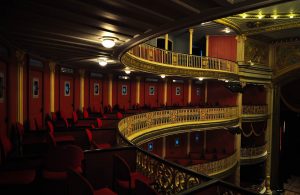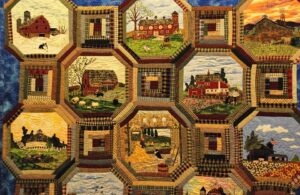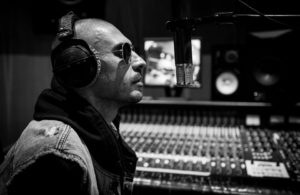There has been debate over how historically accurate many renaissance festival musicians are, but the length of the time period covered makes it difficult to establish. Spanning approximately four centuries, there was a large variety of musical styles created and used during that time. There is also the spread of the Renaissance from its beginning in Italy and throughout Europe to make the subject much more complex, and music styles changed over the centuries as cultures were shaped by new ideas and learning.
At the beginning of the period, most music in Europe was commissioned by the Catholic Church. Nearly every major city had at least one large church of this denomination, and even small towns had a local church. As the Renaissance progressed, there was the formation of the various Protestant denominations, and they also commissions musicians to write for their masses and celebrations.
While the various churches employed a fair share of the musicians of the time, nobles were also a source of employment for musical artists and composers. Full time patronage by a noble was rare, but many composers and performers were able to find a group of nobles to employ them throughout the year. This provided them with many opportunities to create new music, and performers could learn it and travel to other areas to share their new songs.
There are not always records that can point to a particular piece of music as being a part of the Renaissance, but many composers of that era had known dates of birth and death. While this does help historians provide accurate information on music, many modern festival performers simply choose pieces that will give their customers a glimpse into life at that time. They are not necessarily striving for historic accuracy, and their goal is mainly to give people a sense of the musical entertainment of the era.
